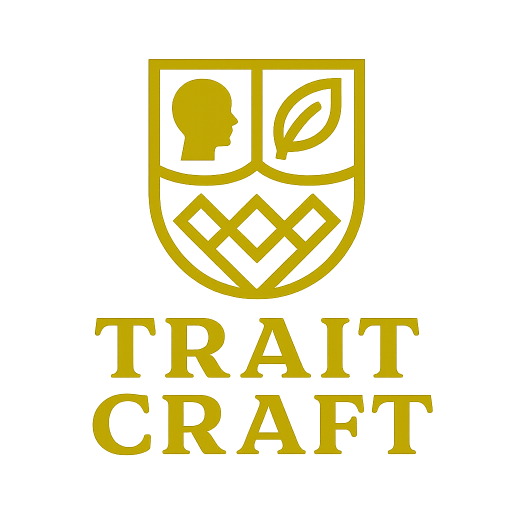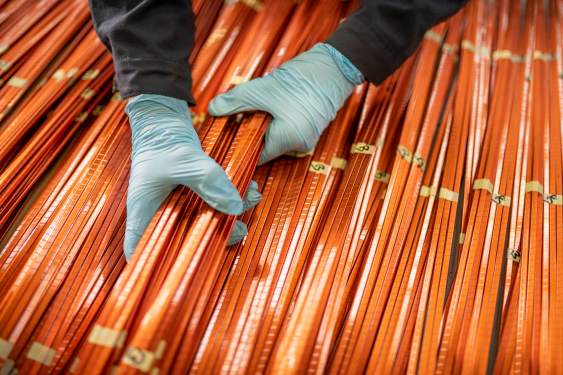Skyrocketing demand for copper promises to push prices to new heights. As the global economy transitions away from fossil fuels, it will need twice as much copper in the coming years than humanity has mined throughout all of its existence.
Still Bright, a New Jersey-based startup founded in 2022, believes it has found a novel and cleaner way to reduce those costs. Randy Allen, co-founder and CEO of Still Bright, explains the challenge: “We’ve already mined the easily accessible copper, and now we need many more mines to come into production every year—around 60 or more. It seems impossible, like there’s no clear path forward.”
A significant portion of that demand could be met if companies can extract more copper from the ore they already mine. Still Bright has developed a new method to recover nearly all the copper from typical ores without pre-processing steps that typically lose up to 20% of the metal. The technology is so effective that it can even be used on tailings—the discarded piles that still contain small amounts of leftover copper. “Any copper that was lost as waste, we can process and recover,” Allen said.
To scale production from single digits to hundreds of tons per year, Still Bright has raised an $18.7 million seed round led by Material Impact and Breakthrough Energy Ventures, with participation from Apollo Ventures, Fortescue, Impact Science Ventures, and SOSV.
Unlike traditional methods that burn away unwanted parts of the ore—releasing pollution into the atmosphere—Still Bright soaks copper-containing ores in a vanadium-based solution, which extracts the metal efficiently. When the solution is spent, the system regenerates it using electricity.
The core technology was inspired by vanadium flow batteries, a type of long-duration energy storage. Jon Vardner, the company’s CTO, was working on both vanadium flow batteries and copper extraction when he connected the dots between the two projects.
Still Bright’s modular system can be installed at mines of various sizes. Because the vanadium-based process works quickly—taking minutes to an hour—the equipment is much smaller than traditional refiners for the same output. This compact design also reduces costs, making the equipment 70% to 90% cheaper than conventional pyrometallurgical gear. While current operating costs are similar to traditional refining, Allen expects further reductions. “There’s a lot of opportunity for us to be cheaper,” he said.
The company plans to build a demonstration unit by 2027 or 2028 capable of producing 500 tons of copper annually—a major leap from its current pilot unit, which produces two tons per year. The ultimate commercial-scale system will target 10,000 tons per year.
Time is of the essence. Still Bright aims to refine enough copper to benefit from potential tariffs on imports if imposed by a future Trump administration. These revenues could then fund the development and deployment of commercial-scale units. “We see ourselves as having a path to be among the cheapest copper producers,” Allen said.

